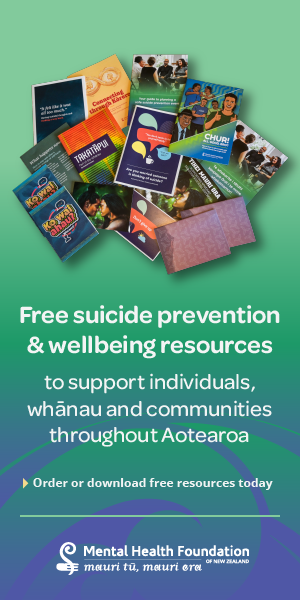
The stage one WAI 2575 health report1 gave the health sector a collective D grade for our performance in Māori health and our te Tiriti o Waitangi compliance. For me, this was uncomfortable, disappointing and a deathly accurate description of what we have (and have not) been achieving.
Although we are in the middle of a global epidemic and collective employment negotiations, this issue deserves our attention. It is, after all, a matter of life and death.
Health researcher Tim McCreanor and I were privileged to provide expert witness at the stage one Waitangi Tribunal hearings for the Māori nurses and other claimants in 2019. As part of that process Tim, political scientist Dominic O’Sullivan (Te Rarawa, Ngāti Kahu) and I developed a new method of policy analysis we call Critical te Tiriti Analysis (CTA)2 that reviews te Tiriti compliance. It has generated a great deal of interest and we have been running sold-out training sessions. CTAs have been undertaken on a range of Crown policy documents and raw research data; others have used it to review curricula. Pleasingly, CTA is now also being used to inform policy development.

The CTA process is a desktop review of policy, based solely on what is written in the document. It does not capture the good intentions or expertise of the policy writers and advisors. It is a five-stage process. First stage involves a high-level review of how the policy talks about te Tiriti o Waitangi (the Māori text) and te ao Māori. The second stage involves a close reading of what the policy says about the five elements of te Tiriti: Preamble, the three written articles and the fourth oral article. Stage three is a determination against a set of indicators that attempts to capture how the five elements are each represented in the policy. The range of scores is on a continuum from silent to poor, fair, good and excellent. Stage four focuses on how things could be strengthened and stage five is the Māori final word, or overall assessment – this final stage is an expression of tino rangatiratanga for the Māori analysts involved.
The CTA’s point of difference is that it cuts through the usual high-level rhetoric about te Tiriti that appears in policy and, instead, gets down to the nitty-gritty. It exposes the implicit and explicit detail of the policy against the backdrop of te Tiriti o Waitangi, and also highlights what is missing. There is nowhere to hide. Different groups will find different things from the same policy based on their expertise, experience and unique insights. These potentially diverse assessments provide rich reflective material on how to strengthen policy.
The nursing competencies were among the best we reviewed… but further work is needed to be explicitly and robustly te Tiriti compliant across the other articles.
We recently reviewed the regulated health professional competency documents.3 The nursing competencies were among the best we reviewed. The competencies scored excellent on the preamble, but further work is needed to be explicitly and robustly te Tiriti compliant across the other articles. Conveniently, in our New Zealand Medical Journal paper,3 we provide some concrete suggestions of knowledge and skills tauiwi health practitioners might need to be more te Tiriti compliant. I look forward to seeing the next iteration of your competencies as we continue to lift our practice in this critical area.
Heather Came, PhD, is a senior lecturer in Māori health and head of the department of public health at the Auckland University of Technology.
References
- Waitangi Tribunal. (2019). Hauora report on stage one of the health services and outcomes inquiry (PDF, 2.05MB).
- Came, H., O’Sullivan, D., & McCreanor, T. (2020). Introducing critical Tiriti analysis through a retrospective review of the New Zealand Primary Health Care Strategy. Ethnicities, 20(3). doi:10.1177/1468796819896466
- Came, H., Kidd, J., Heke, D., & McCreanor, T. (2021). Te Tiriti o Waitangi compliance in regulated health practitioner competency documents in Aotearoa: A Critical Tiriti Analysis. New Zealand Medical Journal, 134(1535), 35-43.



